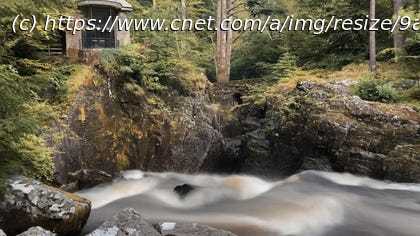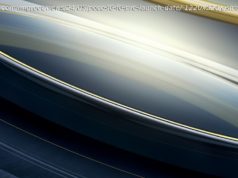Learn how to use Live Photos to take gorgeous long-exposure shots of the Northern Lights, with no extra apps or equipment needed.
This weekend’s spectacular aurora borealis light shows in the night sky are giving photographers a wonderful chance to test their skills and capture amazing images. To photograph the Northern Lights, you don’t necessarily need a DLSR or fancy equipment — your iPhone alone can create photos of a lifetime.
If you’ve seen artistic photos of waterfalls or rivers, then you’ll no doubt have seen long-exposure shots where the water is intentionally blurred to look silky-smooth while the surroundings — the rocks and trees — remain pin-sharp. It’s a great technique to give the impression of motion in a still image and it used to be something you’d need a DSLR with filters and a tripod to take. But a neat feature built right into the iPhone’s camera lets you take shots that look just as good.
You don’t even need the latest iPhone 15 Pro or Pro Max to take advantage of this feature. It works on any iPhone launched after the iPhone 6.
The technique uses Live Photos, a feature that turns a still image into a short animation by recording a few seconds of video when you fire the shutter. By analyzing which objects are moving, the iPhone captures the movement and blurs it. It’s also able to recognize what isn’t moving (a rock or a wall, for example) and attempts to keep those objects sharp and in focus. This lets you capture long-exposure images in even bright midday sun without using a tripod or filter. Take that, DSLRs.
A standard image taken with the iPhone 11 Pro (left) and the same image, with the long-exposure mode enabled (right).
Here’s how you can do it.Know what makes a good long-exposure shot
Not everything works as a long-exposure image. A close-up of a flower blowing in the breeze will just become a blurry mess, while a picture of a static car will remain, well, static.
What you need is a scene where there are both static and moving elements. Waterfalls are common subjects, as the rushing water will be blurred while the surrounding rocks will remain solid.
Домой
United States
USA — IT Use Your iPhone to Take Long-Exposure Photos of This Weekend's Aurora Light...






